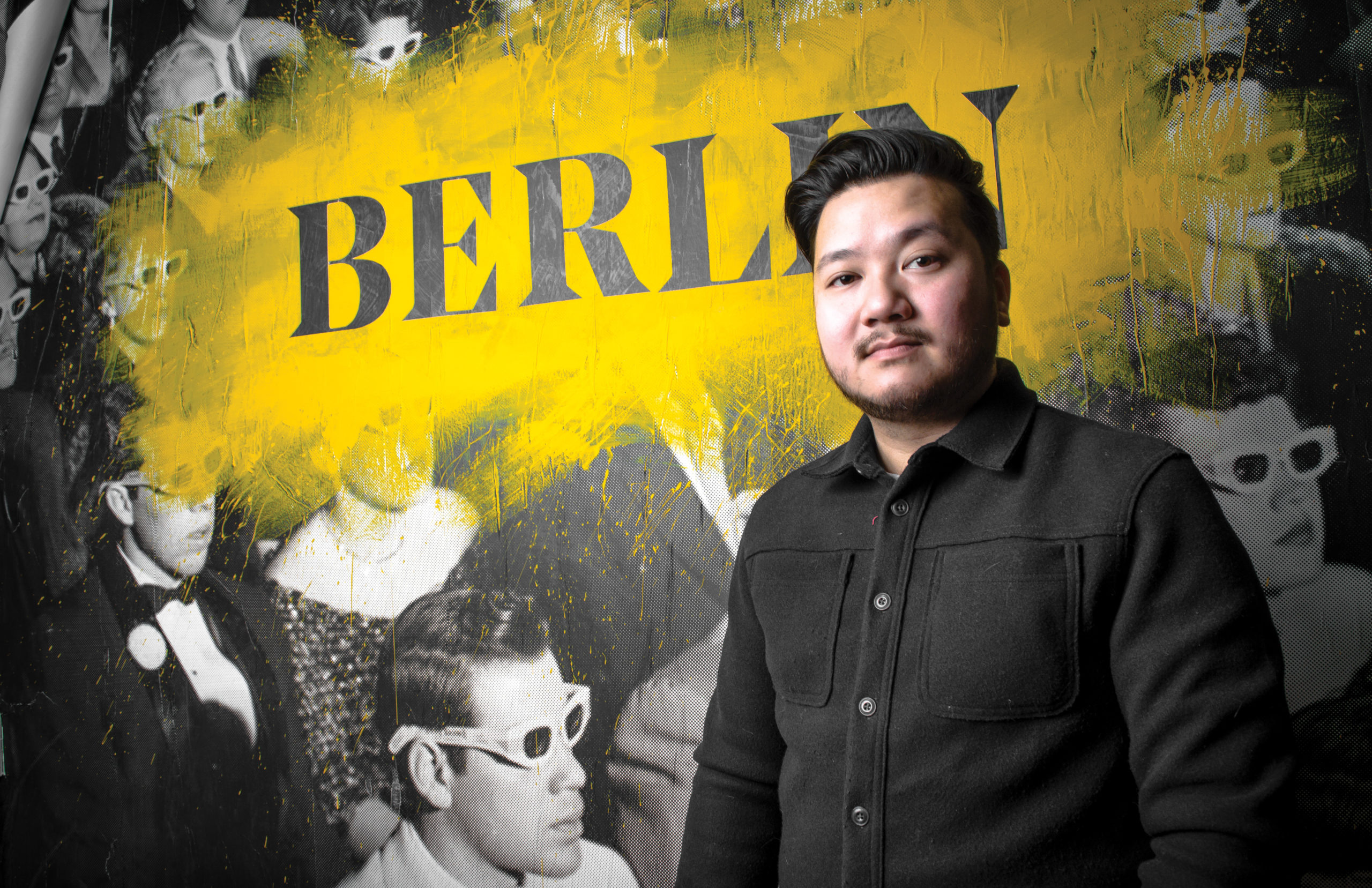Edmonton is known for its mind-numbing, post-apocalyptic winters, but what’s not so directly acknowledged is the creative culture that is blossoming under the salt and snow. The city has become a haven for creators due to the fact that many spend half of the year in hibernation with nothing but the right-hemispheres of their brains brewing on their next creative release. From art to design to music, the city is evolving at steady pace and much of this can be attributed to the the tight-knit creative scene that this city is fostering.
The design industry in particular is a dynamic one. In a society where esthetics are judged with the flick of a thumb and the pressure to conform to ideals of beauty across media platforms have never been higher, delivering the message in the most streamlined and visually pleasing way possible while addressing the intent and function as well as the experience for those absorbing it is now the goal for designers of all fields.
Design thinking is the process of creating new and innovative ideas in the the increasingly complex problems that we all face. This approach can be applied to almost every facet of modern life. Whether that is interacting with products, promoting business, or by simply making things easier to interact with. By considering the experience of the viewer and exploring the how’s and why’s of the things we work with, our creations can embrace beauty, simplicity, efficiency, and have a gut-level emotional appeal.
The success of design-led companies has encouraged organizations from all fields to think like designers and apply design principles to the workplace itself. Forward-thinking art directors and agencies in Edmonton such as Pete Nguyen and Berlin Communications utilize these new ways of thinking in their process by delivering and lending their services to business big and small. They do this by taking a step back, re-analyzing the context of whatever they are working on, and empathizing with the audience by getting in the mindset of the user. They then use out-of-the-box techniques to generate unique solutions for their projects. During a sit-down interview, Nguyen explained how he has successfully employed these design techniques to propel his work to greater heights.

Nguyen, art director of Berlin Communications, has been an icon in the creative scene of Edmonton for the last 10 years. An illustrator at heart — Nguyen is also a seasoned musician as well as successful entrepreneur — the man has done everything. After spending four years with his claws in the magazine industry as the art director of Avenue Magazine and selling handmade bow ties on the side under the name Offal Goods, he has recently expanded his artistic reach into exciting new directions.
Nguyen has seen the phases that the arts in this city have gone through. He got his start in the industry through the Design Studies program at MacEwan University, where the seeds for his present-day creative methods were planted.
He embraces his unique style of design thinking in every endeavour he undertakes and the quality of his steady artistic output is a testament to this.
“Design thinking to me is the process of creative problem solving. Sometimes people think design is like a production thing, like you get a new project and you just visually produce something and send it on it’s way, but it’s much more than that,” says Nguyen. “Part of my creative process is questioning how the design will reach a certain goal or solve a certain problem. You still need to make it look its best — but the design also needs to be functional and resonate with the client. With Berlin that is a huge part of the creative process, you need to understand the why at the same time that you are trying to do something that is creative and game-changing.”
It is obvious that Nguyen has a firm grasp on what is needed to direct a project. The man’s drive for creation never stops, and he often spends his downtime from his days with Berlin working some more. He recently co-founded a new local brewery called Sea Change, but has flipped his traditional views on design on its head for beginning this new endeavour.
“I met the other co-founders by being in the music industry and various bands with them over the last decade, so when we got together to start Sea Change we already had this previous experience with team-building and collaborative creativity,” says Nguyen. “Starting the brewery felt very much like Ocean’s Eleven, each of us had unique skills that we could use in the development of the business. My design skills were an asset so I took care of the visual experience of the brewery.”
He thinks success has something to do with passion, focus, and most importantly — imagination. The love for what you do pushes you to explore more, learn more, and stay abreast of the ever evolving creative concepts, according to Nguyen. The industry moves quickly; just when you think you have something going, new techniques and tools are launched. The ability to keep up with all these changes without giving up will help you immensely and give you an edge over your competitors. He went on to say that each brand should carry a unique experience that is memorable and relatable to the targeted clientele.
“As a group, I think we think less like a brewery and more like a band. Everytime we make a new beer, we relate it to the creation of like, a new song … and when we do merchandise we are like let’s focus on making something that we think looks cool but also without the pressure behind it.”
“Starting the brewery felt very much like Ocean’s Eleven, each of us had unique skills that we could use in the development of the business.”
— Pete Nguyen
Nguyen notes that diverse teams produce more creative results than teams in which all members are from a similar background. However, it is important to align each idea with the overall brand’s look and feel to ensure authentic consumer experience. As a designer, it is critical to understand the kind of emotions a campaign elicits from the audience. Consumers want to have their emotions inspired as that brings out their personality through the product. This humanizes the brand; builds an emotional link and as a result creates brand loyalty. To achieve this, the designer must be open-minded and embrace simplicity.
“Our creative process at Sea Change is like opposite of what I usually recommend to do when working with a client or agency like Berlin. We are definitely doing it more off-the-cuff than most businesses and by being genuine and staying true to ourselves in running it, it has accidently put us in a different category than some other breweries. It’s like the perfect storm of creativity, we don’t think too hard, we just do whatever feels right and I like to think it’s been working in our favour.”
Clearly, creative experts must be problem solvers, so the ability to overcome marketing problems and create brand experiences that last is key. While there is no ‘right’ way to communicate your message to the clients, building strong aesthetic designs and having a firm understanding of the rapidly changing creative landscape is paramount. Establishing good relationships will open more opportunities for your career and make you as well as your place in this world of design – a friendlier, more welcoming place to be.
Photography by Milo Knauer.





0 Comments